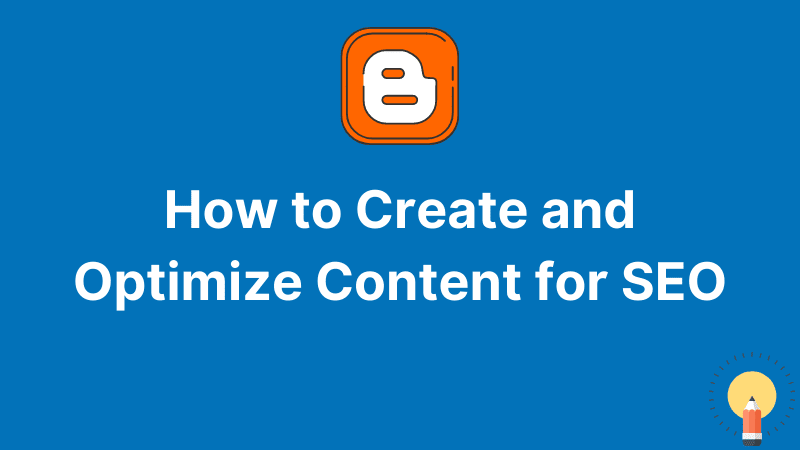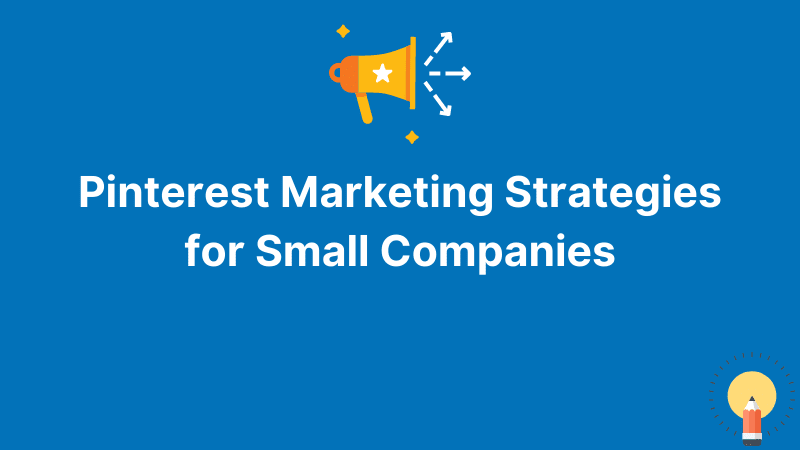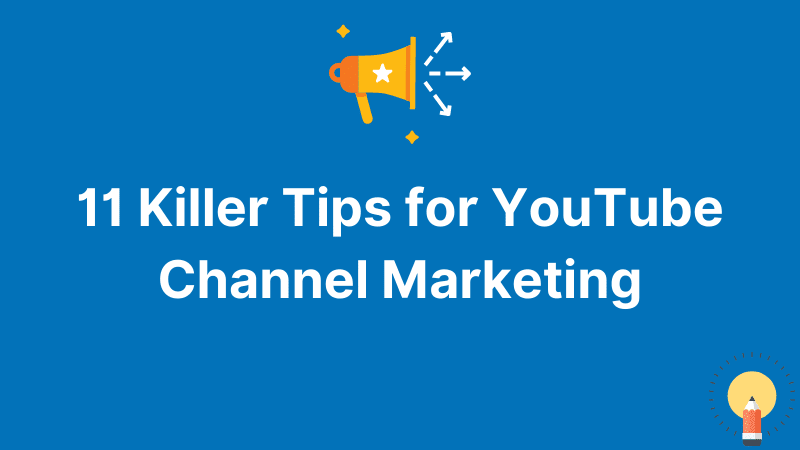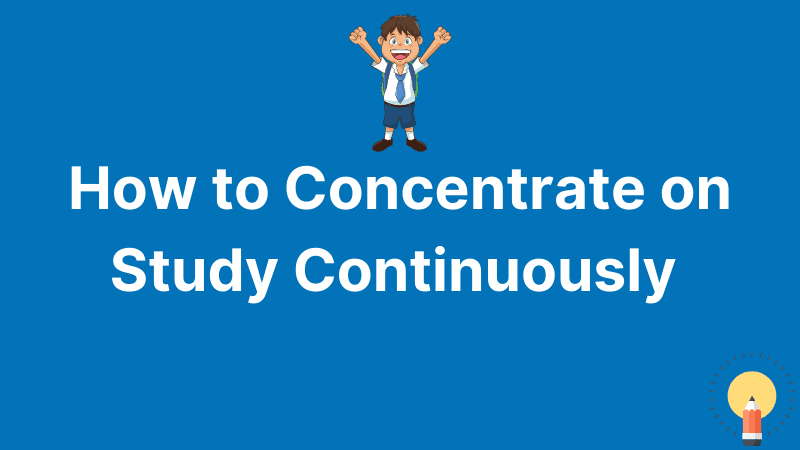How to Create and Optimize Content for SEO
I will give you ultimate guide on Content Creation and Optimization. This is a complete guideline on the internet about Content Creation and Optimization for Better SEO.
Ranking factors, I'm sure you've heard of them. You're probably aware that Google employs a variety of variables to decide how to rank a certain piece of content. Factors such as domain authority, links, and others influence whether it shows on the top page of Google or falls deep down, where no one will ever see it.
What's intriguing to us is that many of those criteria are related to the content. These criteria influence how Google evaluates your sites and whether they are suitable for inclusion in search results.
5. Outline Your Piece
I'll be honest: there are so many techniques to developing SEO content that it's almost hard for me to outline the process.
However, I may provide broad advice for building the outline.
Make a list of all the parts you want to include in the content using the outline.
Specify the topics you wish to discuss in each section. I prefer to state the goal for each part. This allows me to keep on topic while writing.
While outlining, write the introduction. Or, at the very least, decide what facts you will emphasize in the introduction. Doing so at the outline stage will allow you to concentrate on the SEO in the content.
You see, your introduction isn't only meant to pique a reader's interest. It should also make the subject plain to search engines, so they know what the website is about.
Defining how you're going to begin the post forces you to think about it in terms of keywords and information that will help you understand the issue.
6. Write the First Draft
The outline specifies:
What you want to write about and how you intend to organize the content
And that, together with all of your previous research, is all you need to get started writing.
Now, whether you're creating SEO content, a web page, or any other online product, the writing process is the same.
There are a few easy guidelines to follow:
- Write in the same tone as you talk.
- Don't be concerned about making errors. Your first draft should be a shambles. Its goal is to get all of the material down on paper, not to be a completed masterpiece. You make it into one afterwards by modifying and tidying it up.
- Get to the finish of the sentence as soon as possible. Again, your aim is not to complete the work, but rather to produce the first draft.
Here are a few additional SEO-related writing guidelines to keep in mind:
- In the first paragraph, include the target term or a close version of it.
- Use the same format, font, and perspective as high-ranking material.
- Subheadings should include target keywords. Not too much, but make sure they appear in at least one or two subheadings.
Include connections to other pages on your website.
7. Add Engaging Elements to the Content
Engagement is a vital, yet often neglected, content-related ranking criteria.
In layman's words, it suggests that if people continue to visit your page, it must be excellent.
This also implies that if they leave straight away, the material is bad and unworthy of ranking high.
Including images might assist you in combating a possible lack of interest.
For starters, photos or videos will help to break up the monotony of a wall of text. They make the information easy to skim and also serve as a pleasant diversion from the writing.
Second, they may attract the reader's interest and keep them on the page for a longer period of time.
Of course, you don't have to include a lot of pictures. There are no SEO recommendations dictating how many photos to use for a given quantity of material.
However, a lovely graphic or drawing every now and then can undoubtedly improve your engagement numbers.
8. Optimize the Page for SEO
Your draft is complete at this point. You've also modified it, so it's ready to go.
Actually, there are two things you should do before hitting the publish button. The first is to make certain that the page is correctly optimized.
What does this imply?
That is, Google will have no trouble determining which keywords to rank the material for. Its crawler will be able to determine the content of the page, and you'll leave plenty of on-page signals to assist it comprehend how what you've written will benefit people.
In practice, on-page SEO entails optimizing certain components of the piece:
- Writing an SEO-friendly title
- Keywords should be used in the meta title and meta description elements.
- Inserting keywords into the alt tags of relevant photos
- Using a proper URL slug that includes the keyword and, preferably, no stop words
- Incorporating the keyword into the first paragraph and at least one subsection
At least a couple of times throughout the content, use keywords and their variants. But not too frequently!
Including connections to other information on the subject.
9. Optimize the Content for Conversions
Another thing you should consider is how you want to convert the traffic that this piece of content will generate.
Here, you have two choices:
- Create a specialized resource, such as an ebook or content upgrade, and provide links to pertinent product feature pages.
- Either option is effective. The key reason you'd choose one over the other is what I call the topic's buying proximity.
- Buying proximity indicates how probable it is that a customer looking for this subject will consider purchasing your goods right now.
Here's an example:
Assume you manage a CRM SaaS. Writing material on retrieving stale leads is likely to attract clients who are experiencing CRM issues. However, literature giving ideas on small business branding, an equally crucial component of operating a successful firm, is unlikely to attract consumers shopping for such software right now.
Of course, they may become consumers in the future. However, offering any product feature pages to them right now would be futile. These individuals aren't prepared to have that type of discussion with you.
As a result, you must build a downloadable file for them in order to add them to your funnel.
TIP: I provide further depth about this problem in my guide on converting blog traffic.
10. Publish the Content
You're finished. The content is complete.
Add it to your CMS, double-check that everything is in order, then push publish.
And then...
11. Final Words
Check Google Search Console to see whether the article has been indexed. You are not need to check it every day. Depending on how often you've been producing material, Google may or may not be indexing your site. Allow some time, but keep an eye on if the search engine has indexed your content.
To track progress, add goal keywords to your rank tracker. I do it immediately after releasing the material. Naturally, no ranks will appear until the search engine crawls and indexes your page. But I've discovered that doing it immediately away ensures that I don't forget about it.






